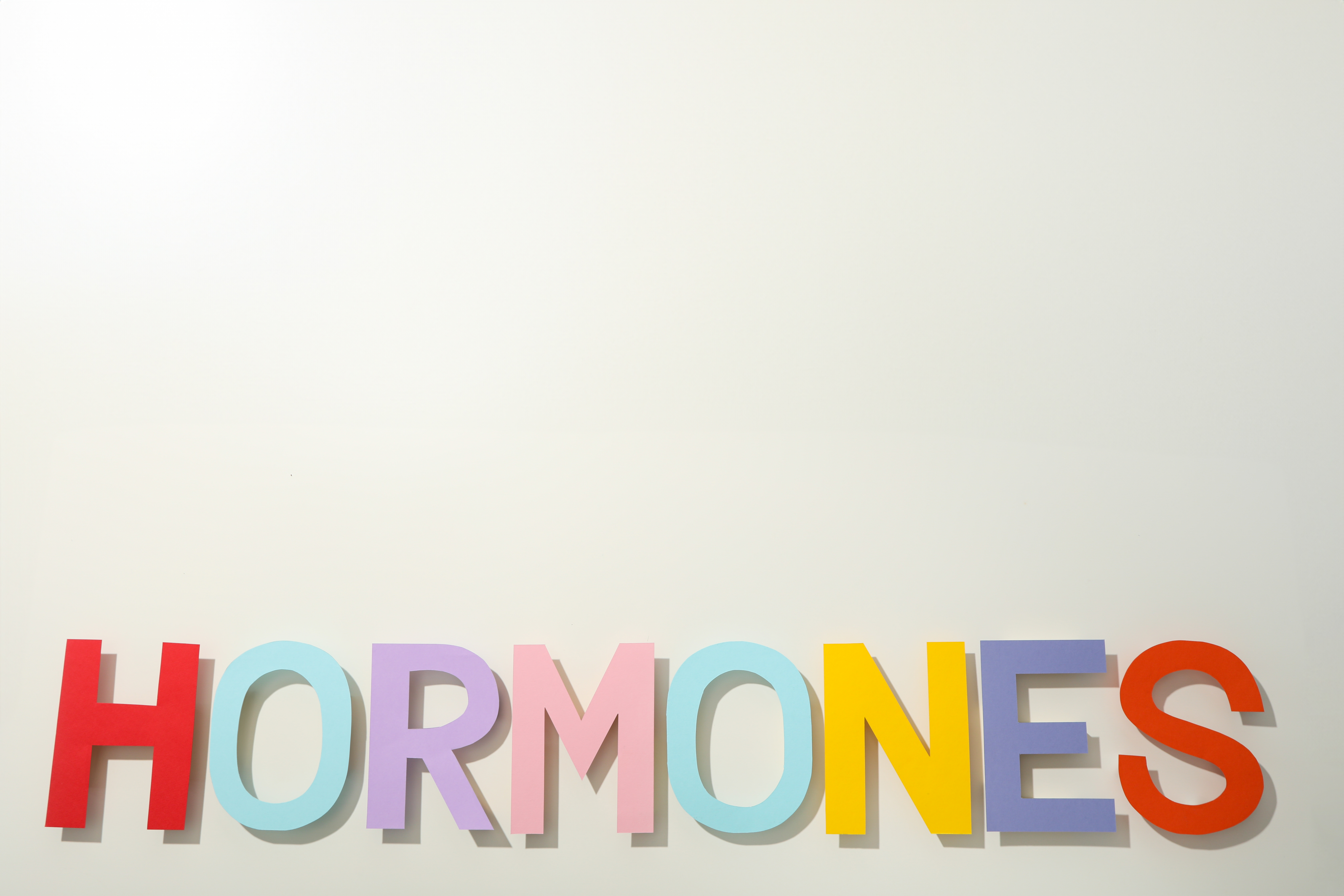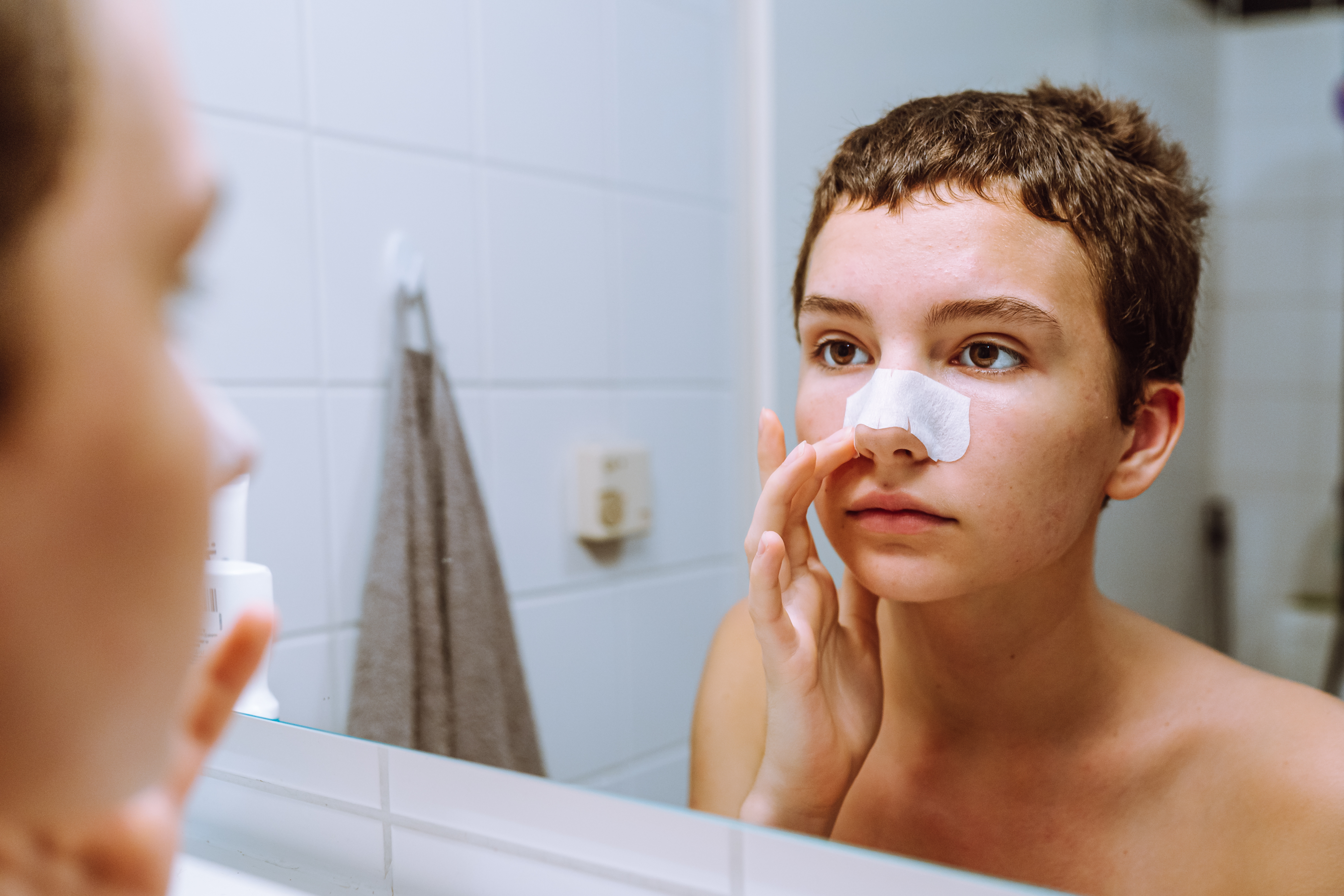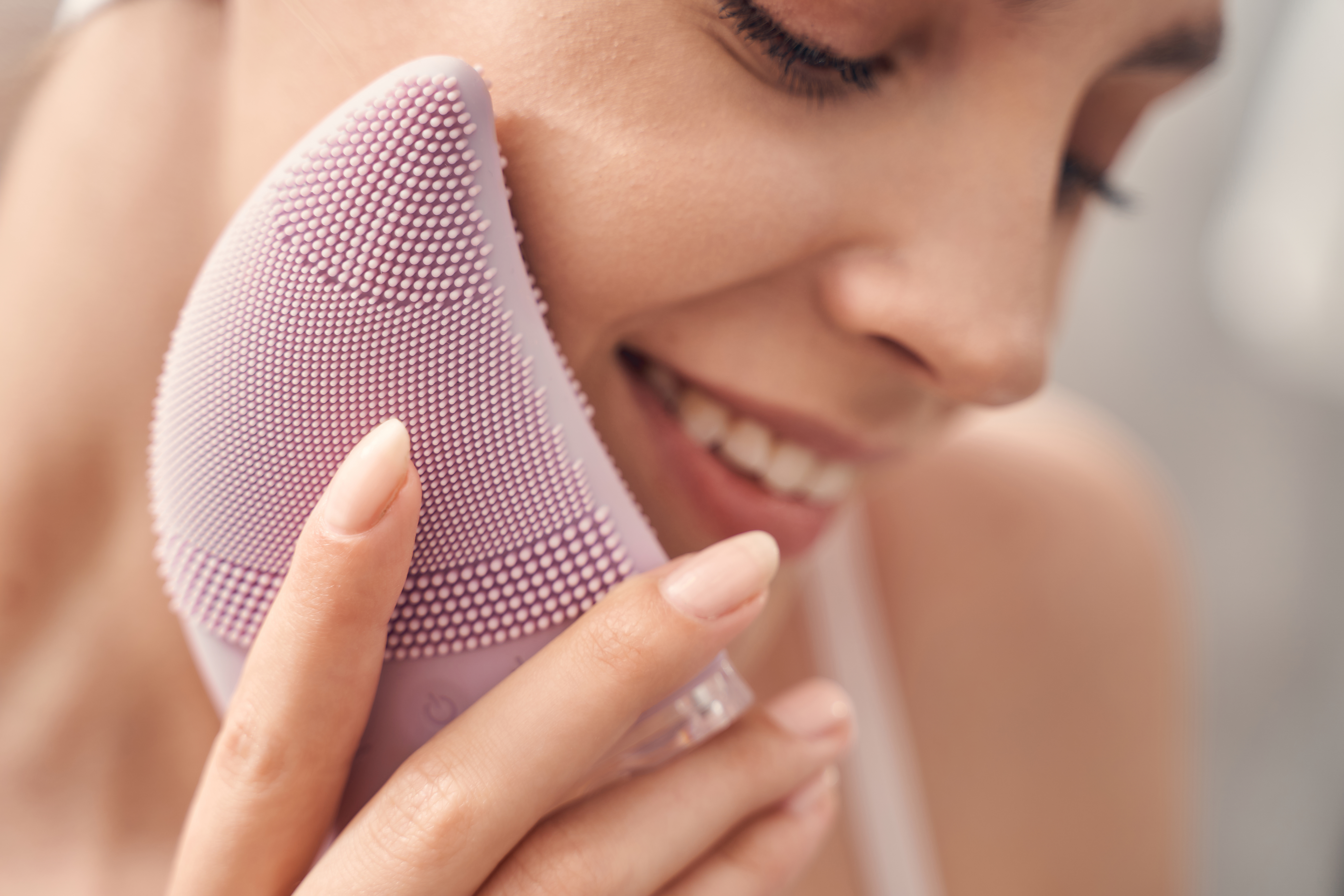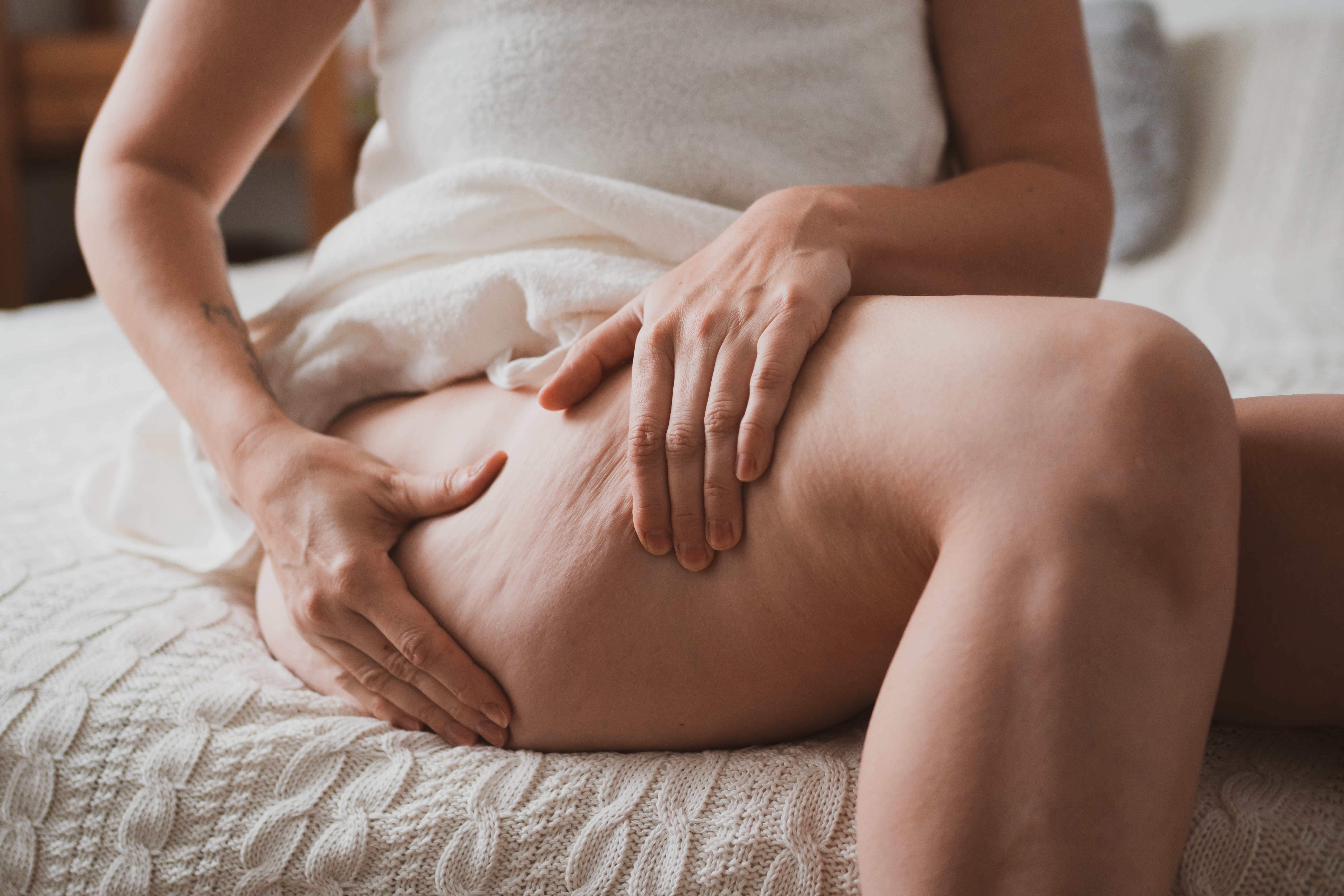10 Everyday Habits Secretly Worsening Your Cellulite (and How to Fix Them Fast)
Cellulite. Nearly every woman has it, yet few talk about it without a sigh. Those dimples and ripples beneath the skin may be completely normal—affecting up to 90% of women—but that doesn’t stop them from stirring up frustration or self-consciousness. The truth? Cellulite isn’t a flaw. It’s the result of a complex interplay between fat cells and connective tissue, often influenced by genetics, hormones, and yes—daily habits. While you can’t change your DNA, you can shift the small things that make a big difference over time. In this article, we’re breaking down the everyday behaviors that quietly worsen cellulite and offering smart, practical ways to push back. From what you eat to how you move (and even how you sit), these insights will help you understand what’s really going on beneath the surface—and what you can do to support smoother, stronger, more confident skin. Let’s get into it.
1. The Role of Diet in Cellulite Formation

Diet is a crucial factor in the development and exacerbation of cellulite. Foods high in fat, sugar, and salt can contribute to the accumulation of fat cells, which in turn can push against the skin, creating the lumpy appearance associated with cellulite. Additionally, a diet lacking in essential nutrients can weaken the skin's connective tissue, making it more susceptible to dimpling. To counteract these effects, incorporating a balanced diet rich in fruits, vegetables, lean proteins, and whole grains can help. Foods high in antioxidants, such as berries and green leafy vegetables, can also combat inflammation and improve skin health, reducing the visibility of cellulite.
2. Hydration: The Unsung Hero for Skin Health

Staying hydrated is often overlooked but is essential for maintaining healthy, resilient skin. Dehydration can cause the skin to lose its elasticity and become more prone to the appearance of cellulite. Water helps to flush out toxins and maintain the integrity of the skin's connective tissues. Incorporating hydrating foods, such as cucumbers and watermelon, and drinking adequate amounts of water daily can enhance skin texture and firmness. Herbal teas and coconut water are also excellent alternatives that provide hydration and additional nutrients to support skin health.
3. Sedentary Lifestyle: A Catalyst for Cellulite

A sedentary lifestyle can significantly contribute to the development of cellulite. Lack of physical activity leads to poor circulation and muscle tone, both of which can exacerbate the appearance of cellulite. Regular exercise, particularly strength training and cardiovascular workouts, can improve muscle tone and circulation, helping to reduce the visibility of cellulite. Activities such as jogging, cycling, and yoga not only enhance blood flow but also promote lymphatic drainage, which is crucial for removing toxins and reducing fluid retention in the body.
4. Stress and Its Impact on Skin Appearance

Chronic stress can have a detrimental effect on skin health, including the exacerbation of cellulite. Stress leads to the production of cortisol, a hormone that can increase fat storage and weaken the skin's connective tissues. Managing stress through practices such as meditation, deep breathing exercises, and mindfulness can help reduce cortisol levels and improve overall skin health. Additionally, regular relaxation activities, such as massages or warm baths, can improve circulation and promote a sense of well-being, further aiding in the reduction of cellulite.
5. Sleep: The Rejuvenation Period for Skin

Quality sleep is essential for skin repair and regeneration. During deep sleep, the body produces growth hormones that help repair damaged tissues and maintain skin elasticity. Lack of sleep can disrupt this process, leading to weaker skin and a higher likelihood of cellulite formation. Establishing a regular sleep routine, creating a restful environment, and avoiding electronic devices before bed can enhance sleep quality. Incorporating a relaxing pre-sleep routine, such as reading or gentle stretching, can also prepare the body for restorative rest, contributing to healthier skin.
6. Smoking: A Habit That Compromises Skin Integrity

Smoking is a habit that can significantly worsen the appearance of cellulite. The chemicals in cigarettes damage collagen and elastin, essential proteins that keep skin firm and supple. Smoking also reduces blood flow, depriving the skin of oxygen and essential nutrients. Quitting smoking can improve circulation and enhance the skin's natural repair processes, reducing the visibility of cellulite over time. Support from smoking cessation programs and lifestyle changes can aid in overcoming this habit, leading to improved skin health and overall well-being.
7. The Impact of Clothing Choices on Cellulite

Tight clothing, particularly garments that constrict the legs and buttocks, can impede circulation and contribute to the development of cellulite. Constant pressure from tight clothing can restrict blood flow and lymphatic drainage, leading to fluid retention and toxin build-up. Opting for looser-fitting clothes made from breathable fabrics can enhance circulation and promote healthier skin. Additionally, incorporating compression garments during exercise can support muscle tone and circulation without the negative effects of overly tight clothing.
8. The Influence of Hormones on Cellulite

Hormonal changes, particularly those related to estrogen, can influence the development of cellulite. Estrogen affects the distribution of fat cells and the integrity of connective tissues. Hormonal fluctuations during puberty, pregnancy, and menopause can exacerbate cellulite. While hormonal changes are often beyond control, maintaining a healthy lifestyle and managing stress can help mitigate their impact. Consulting with a healthcare provider about hormone regulation and potential therapies can also provide targeted solutions for managing cellulite related to hormonal imbalances.
9. The Role of Skincare in Managing Cellulite

A consistent skincare routine can play a vital role in managing the appearance of cellulite. Exfoliating regularly can improve circulation and remove dead skin cells, promoting smoother skin. Incorporating products with active ingredients such as caffeine, retinol, and peptides can stimulate collagen production and improve skin elasticity. Regularly moisturizing with products that contain hyaluronic acid and essential oils can also enhance skin hydration and resilience. Tailoring a skincare routine to address specific concerns and skin types can maximize its effectiveness in reducing cellulite.
10. Quick Fixes for a Smoother Tomorrow

While long-term lifestyle changes are essential for managing cellulite, there are quick fixes that can temporarily improve skin appearance. Dry brushing is a popular technique that stimulates circulation and exfoliates the skin, offering immediate, albeit temporary, results. Professional treatments such as laser therapy and radiofrequency can also provide quick improvements by tightening skin and reducing fat deposits. While these solutions offer temporary relief, they can be part of a comprehensive approach when combined with sustainable lifestyle changes for lasting results.
Embracing Holistic Changes for Lasting Results

There’s no magic wand for cellulite—but there is power in your daily choices. Real transformation doesn’t come from quick fixes or miracle creams—it comes from consistently showing up for your body with habits that support it from the inside out. By dialing in your nutrition, staying hydrated, moving with intention, managing stress, and giving your skin the care it deserves, you’re not just targeting cellulite—you’re building healthier, stronger skin over time. These shifts may seem small, but their impact is real and lasting. And along the way, you’ll gain something even more valuable than smoother skin: confidence, energy, and a deeper sense of ownership over your well-being. So, forget the filters and false promises—this is about long-term results rooted in real self-care. Your skin doesn’t need perfection. It needs consistency, nourishment, and respect. And when you give it that, it shows. You’ve got this—dimples, strength, and all.